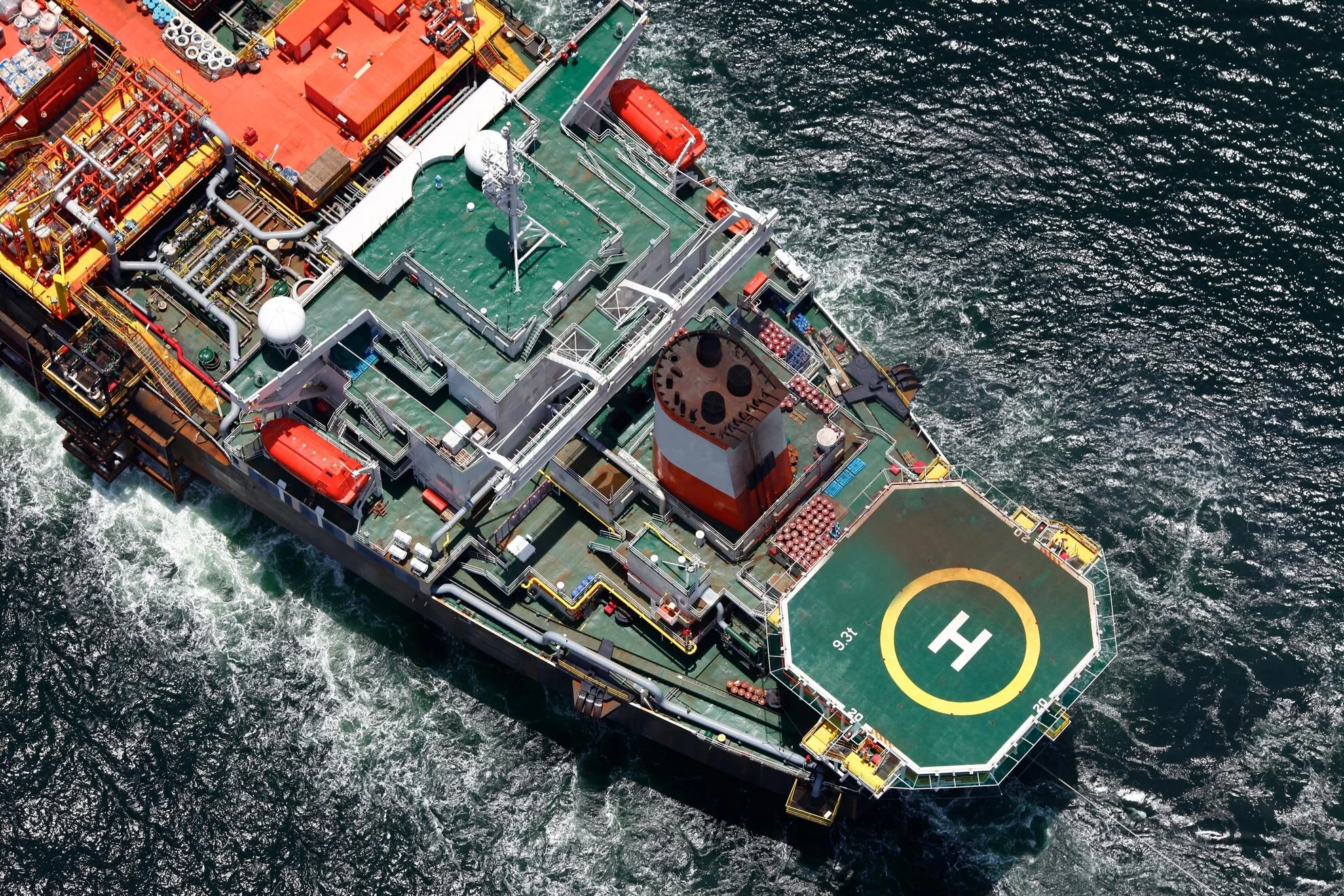
Project Experiences & Successes
Search by Blog Tags
- Asset Integrity 18
- Blockage Remediation 5
- BlueFin 7
- CAPEX 4
- Chemical Systems 6
- Cold Cutting 1
- Commissioning 48
- Controlled Bolting 5
- Decarbonization 1
- Downstream 4
- Drilling 1
- Engineering 20
- Field Machining 1
- Filtration 1
- Flow Assurance 15
- Frac & Stimulation 1
- GATE Energy 14
- GATE Prho 5
- Hydrostatic Pressure Testing 14
- Industrial Field Services 9
- Integrity Management 13
- LiquiGel® 8
- Materials Corrosion and Integrity Support 4
- Midstream 2
- OPEX 23
- Oil & Gas 86
- Onshore Pipeline 2
- Onshore Production 5
- Operations Readiness 3
- PME 14
- Pipeline Cleaning 25
- Pipeline Decommissioning 5
- Pipeline Field Services 36
- Pneumatic Leak Testing 5
- Process Facilities 10
- Project Facilities 43
- QA-TPI 1
- Refinery & Plant 9
- SafeHeat 1
- Specialty Field Services 7
- Subsea 14
- Subsurface 13
- Topsides 3
- Upstream 20
- Viking Lab 1
- Water Injection 8
- Water Treatment & Filtration 2
- Well Engineering 16
- eelReel 8
Third Party Facilities Assessment
As part of a recent asset acquisition due diligence, GATE was asked to deliver a third party review of the condition of the asset and remaining production life of a floating production system and a fixed jacket.
GATE developed a standardized work process to evaluate the current condition, potential production bottlenecks and future operating expenditure (OPEX) associated with the brown-field producing asset.
Global, Comprehensive Materials, Corrosion & Integrity Support
A client operating domestically and internationally needed expert technical support for materials and corrosion control. Their senior management came to Viking for a proposal to provide a variety of consultancy services to cover the following essential needs: materials selection, failure analysis, corrosion monitoring, technical assurance for procurement, and risk assessment.
Life Extension Study
A large and complex offshore field in the Middle East was suffering from multiple leaks due to corrosion in the presence of high levels of CO2 and H2S in the production, seawater injection, aquifer water injection and produced water injection systems. This was resulting in excessive chemical injection expenditures and was impacting field revenues and uptime. The large, shallow water field consisted of several hundred wells and a complex hub and spoke infrastructure.
